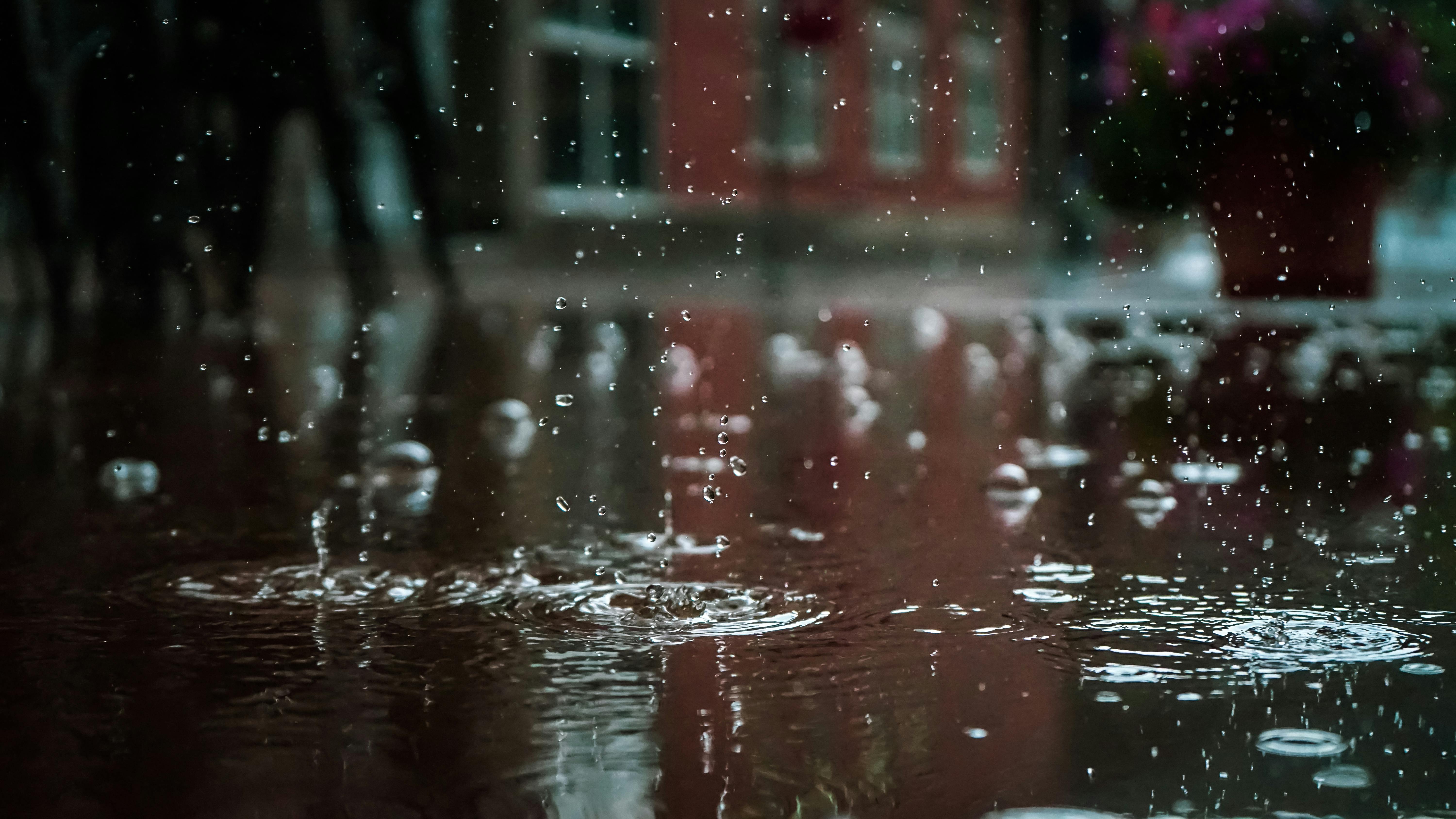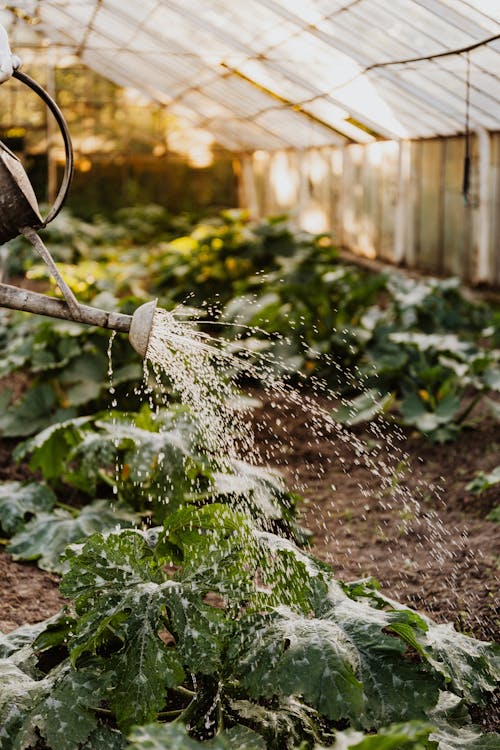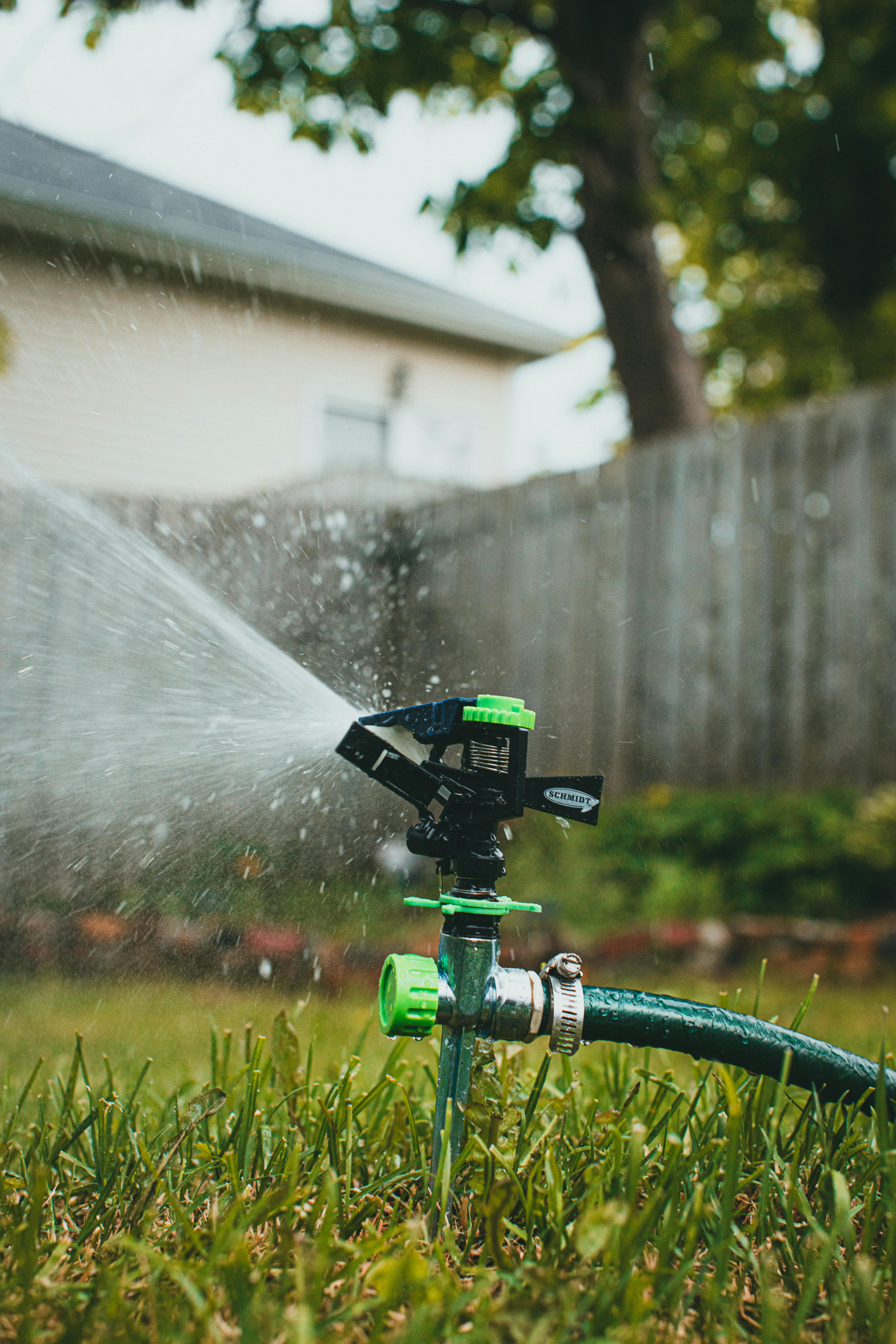Harnessing the Power of Nature: The Benefits of Rain Catching for Sustainable Living
Water is one of the most precious resources on our planet. As the world grapples with climate change, water shortages, and increasing costs of utilities, people are turning to eco-friendly and sustainable practices. One such practice that has gained traction in recent years is rainwater harvesting, commonly referred to as raincatching. Not only is it an environmentally conscious choice, but it also has multiple benefits for homeowners and communities alike. In this blog, we’ll explore what rain catching is, how you can start doing it at home, and the wide range of advantages it offers.
What is Rain Catching?
Rain catching is the process of collecting and storing rainwater for later use. Typically, a rain catching system consists of a collection surface (usually the roof of a home or building), a gutter system, a filtration process, and a storage tank. When properly filtered, this water can be used for various purposes, such as watering gardens, flushing toilets, doing laundry, or even for drinking and cooking.
Though it sounds like a simple concept, rain catching can have a big impact. By capturing water that would otherwise be lost to runoff, it reduces the strain on local water supplies and lessens the burden on municipal water systems.

How Does Rain Catching Work?
A rain catching system operates through a few simple components:
-
Collection Surface: This is the area where rainwater is collected, typically your roof. The material of your roof can impact the quality of the water collected. Asphalt, metal, and clay roofs are common, though metal roofs often provide the cleanest water.
-
Gutter System: After rainwater falls on the roof, it is directed into a gutter system that channels the water into a downspout.
-
Filtration: The water then flows into a filtration system. This is crucial if you plan to use the water for drinking or household use. A basic filter removes leaves and debris, while more advanced systems can purify the water to make it potable.
-
Storage Tank: The filtered water is stored in a tank or cistern until needed. Tanks can vary in size depending on the volume of water you want to collect and store.
-
Distribution: Finally, the collected rainwater is distributed for use, whether that be for irrigation, washing, or drinking. Simple systems might require manual distribution, while more advanced setups use pumps to deliver the water automatically.
The Benefits of Rain Catching
Rain catching is more than just a means of reducing your water bill. It comes with a wide range of environmental, financial, and societal benefits. Let’s take a deeper dive into these advantages.
1. Cost Savings
One of the most obvious benefits of rain catching is that it can significantly reduce your water bill. By using collected rainwater for everyday tasks like washing clothes, flushing toilets, and watering plants, you’re cutting down on the amount of treated water you need to purchase from local suppliers. Over time, these savings can add up, especially in regions where water is expensive or where conservation efforts lead to higher costs for water usage.

2. Water Conservation
As the global population grows and climate change leads to more frequent droughts, the availability of freshwater resources is diminishing. By catching and reusing rainwater, you're conserving this vital resource. Every drop of rainwater collected is water that doesn't need to be extracted from rivers, lakes, or underground aquifers. In this way, rain catching contributes to the sustainable management of water resources, reducing the pressure on local ecosystems and wildlife.
3. Flood Mitigation
In areas that experience heavy rainfall, unmanaged stormwater runoff can lead to flooding, soil erosion, and damage to local waterways. Rain catching helps alleviate these issues by capturing and storing water that would otherwise flow into storm drains, rivers, and streets. By preventing excessive runoff, rainwater harvesting can reduce the risk of urban flooding and soil degradation.
4. Healthier Plants and Soil
Rainwater is naturally free from chemicals such as chlorine and fluoride, which are commonly found in tap water. For gardeners and those who maintain green spaces, this makes rainwater an excellent option for watering plants. Rainwater also has a balanced pH level and doesn’t contain salts or other compounds that can build up in soil over time, leading to healthier plants and soil conditions.
5. Energy Savings
Water treatment and delivery processes are energy-intensive. By using rainwater for non-potable uses (such as flushing toilets and irrigation), you're indirectly saving energy. Municipal water systems require electricity to treat and pump water, and by reducing your dependence on these systems, you're reducing your energy footprint as well.
6. Emergency Water Supply
In case of natural disasters, droughts, or infrastructure failures, having a rainwater harvesting system can provide a reliable backup source of water. If the municipal water supply is disrupted, you can use the stored rainwater for essential tasks like cooking, washing, and even drinking (if properly filtered). This resilience can be particularly valuable in rural areas or regions prone to extreme weather events.
7. Increased Property Value
Homes with rainwater harvesting systems may see an increase in property value. As sustainability becomes more important to homeowners and buyers, features like rain catching systems can make a home more attractive on the real estate market. Additionally, if your rain harvesting system is well-integrated and designed to complement the aesthetics of your property, it can enhance curb appeal.

8. Environmental Stewardship
By practicing rain catching, you're taking active steps to reduce your ecological footprint. The more water you collect, the less you rely on municipal water sources, which often involve energy-intensive treatment processes. You’re also reducing stormwater runoff, which can carry pollutants into local waterways. Collectively, these actions contribute to a healthier environment and help promote sustainability.
Raincatching is an accessible, eco-friendly practice that offers numerous benefits. Whether you're motivated by saving money, conserving water, or preparing for emergencies, setting up a rainwater harvesting system is a smart choice. It's a simple way to harness nature's resources, contribute to environmental stewardship, and create a more sustainable lifestyle for yourself and future generations.




